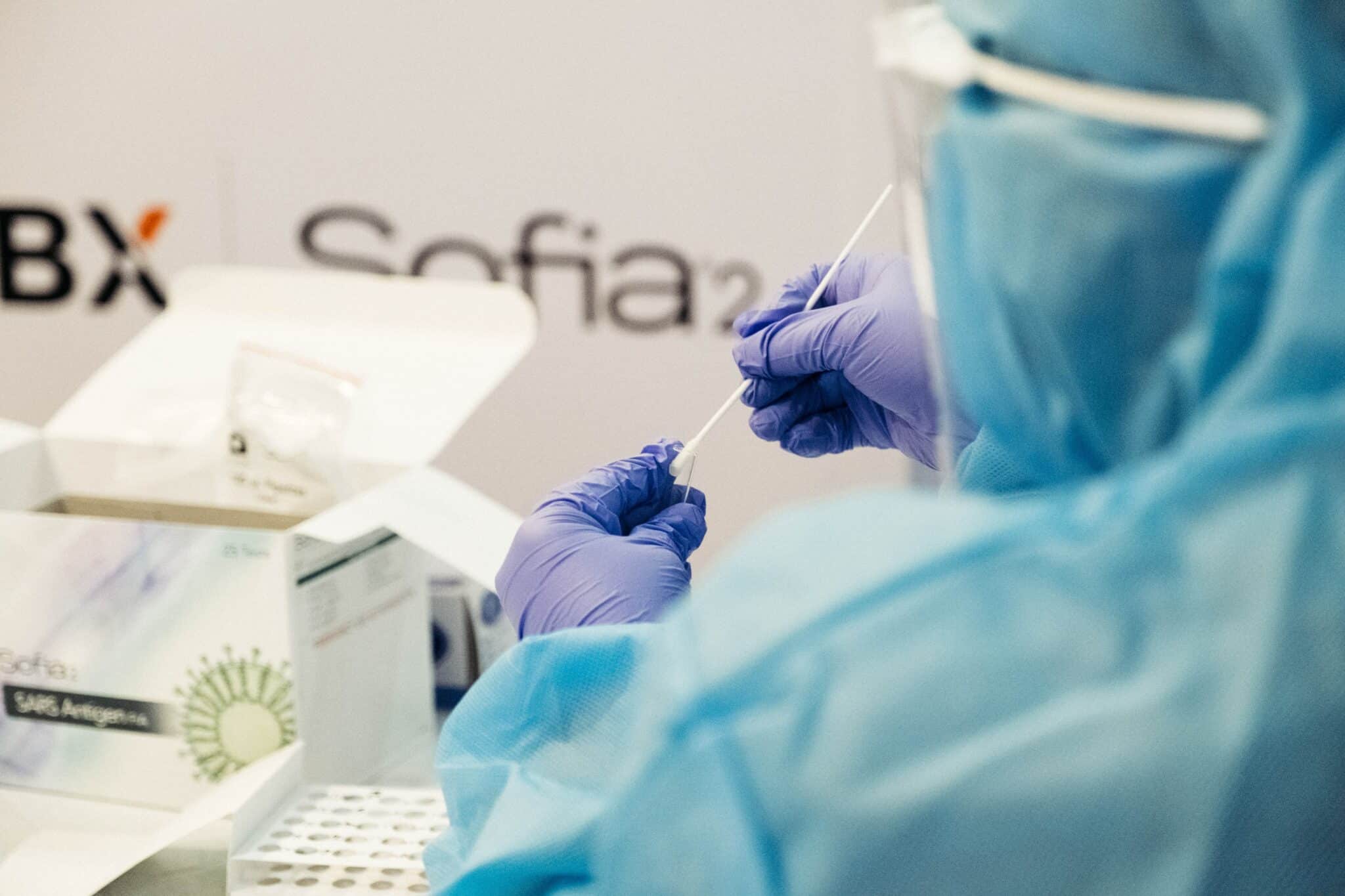Thursday Thunder: Unexplained Acute Hepatitis Outbreak + COVID World News

The impact of COVID on our time has been profound: we learned everything about isolation, social distancing, wearing masks, and washing our hands. Fortunately, most of it is now behind us.
However, COVID had other consequences as well. For example, making us overlook other health concerns and directly impacting routine vaccinations. Currently, the worldwide hepatitis situation demands our full attention.
Let’s take a look.
An Unexplained Acute Hepatitis Outbreak in Children
During World Hepatitis Day, the WHO warned that we’re currently facing a new outbreak of “unexplained acute hepatitis infections” affecting children.
There have been 1,010 reported cases of unexplained acute hepatitis or liver inflammation since April 5, when the outbreak was detected.
Symptoms associated with this child hepatitis outbreak include:
- Nausea
- Vomiting
- Jaundice
- General weakness
- Abdominal pain
Currently, the strategy appears to be centered around raising awareness and closely following the events. The causes of this outbreak remain obscure.
Half of the probable cases are from Europe, with 484 cases reported. Unfortunately, 22 of those cases were fatal.
Number of Acute Hepatitis Cases by Country
As of now, cases are distributed as follows:
- The United Kingdom accounts for 272 cases – 27% of the global total.
- South and North America together account for 435 cases, with 334 cases in the United States – i.e. third of the cases worldwide.
- The Western Pacific region reported 70 cases.
- Southeast Asia has 19 cases confirmed.
- The Eastern Mediterranean reported two cases.
It’s safe to say that, as of this writing, the acute hepatitis situation is strong in the UK and US. Nevertheless, according to a UN Health Agency assessment, there’s a “moderate” risk of the outbreak spreading further.
Prevention Guidelines
Until more is known about the cause of these cases, the WHO advises general infection prevention and control (IPC) practices.
These practices include:
- Washing your hands frequently
- Keeping your distance and avoiding crowded spaces
- Ventilating indoor spaces frequently
- Wearing a mask in high-risk settings
- Covering your mouth and nose when you cough or sneeze
- Using safe drinking water
- Keeping raw food separated from cooked food
- Not consuming uncooked meat
- Keeping food properly refrigerated
- Cleaning your kitchen, especially surfaces where food is prepared
- Staying home when you have symptoms
- Seeking medical attention as soon as possible.
COVID News From Around the World
Today, we have news from Japan, New Zealand, and France.
The Current COVID Situation in Japan
Japan accounts for the highest number of COVID-19 cases reported in the world at the moment, with 233,100 cases reported every day.
While global infections and fatal cases declined by 12% and 7% respectively, the country reported one-fifth of the world’s COVID-19 cases last week, with a record of 233,100 on Thursday.
Any news for travelers? None. Despite the situation, the government has confirmed that there will be no restriction on social activities, nor will companies be asked to reduce their working hours.
The Current Covid Situation in New Zealand
While the country’s Omicron outbreak has led to more cases and hospitalizations, New Zealand has fully reopened its borders.
The country reported 5,312 new COVID cases on Sunday, as the number of hospitalized patients dropped below 800. Also, the Health Ministry update includes another 28 COVID-related deaths.
Based on experts’ projections, the country’s borders were fully reopened on Sunday. The sea border is now open as well.
Good News from la France!
France has lifted all COVID restrictions for international travelers. Visitors are no longer required to present proof of vaccination, a catch-up test, or a negative COVID test.
However, the French government retains the option of activating “emergency brake” measures until January 21, 2023. These measures would be implemented in the case of a new Coronavirus variant that “could constitute a serious health threat.”
Key Takeaways
As traveling the world gets easier every day, it’s very important to take precautions to avoid COVID and other diseases. Maybe that’s the best thing we’ve learned from all of this: how to travel safely and be more mindful of our health.
Although progress has been made, the pandemic persists. And getting tested is still key. Regardless of where you are, discover local COVID-19 testing locations with our global directory.



